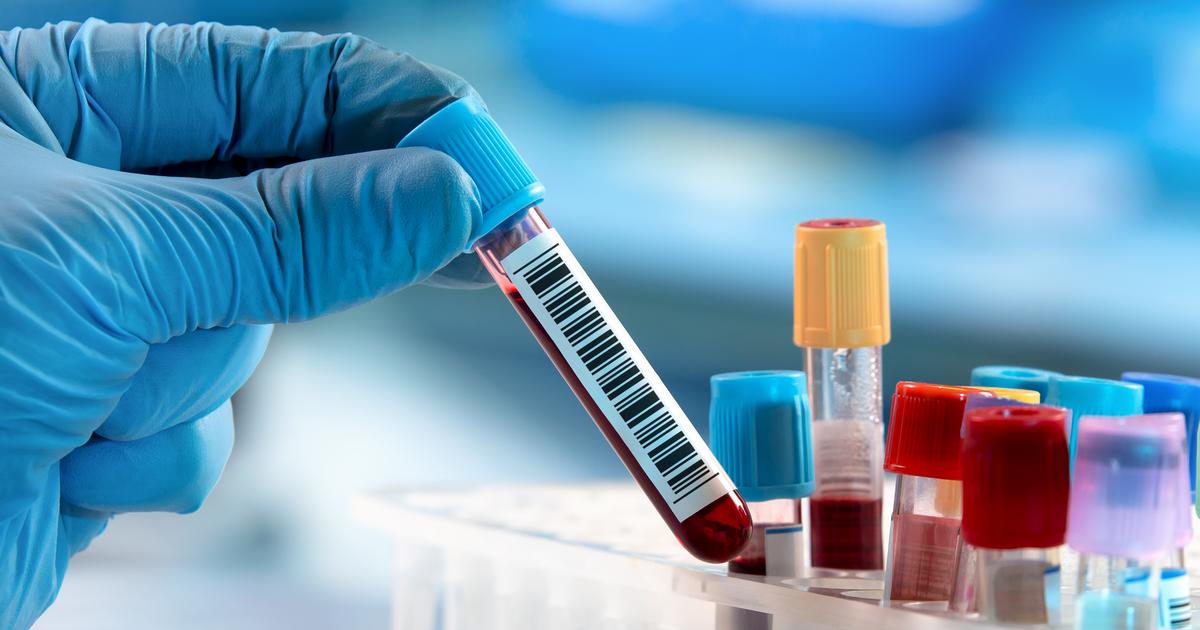Guide To Common Blood Tests
Blood tests are performed to measure the levels of certain substances in the blood and detect disease. Usually performed by a nurse or a phlebotomist, the tests involve taking a sample of blood from the patient. The entire procedure takes around three minutes to complete. After cleaning the skin, the technician places a needle into a vein in the patient's arm or hand to withdraw the sample. Certain blood tests can also be completed using a fingerstick method. The sample is analyzed by a laboratory, and the patient is typically informed of the results within a week. Some patients find blood tests cause discomfort, so to make the procedure more comfortable, they may wish to request a prescription for a topical numbing cream that can be applied to the skin a few hours before the test. Using cold spray or vibrating devices might help minimize pain from the procedure too. Blood tests are carried out as part of routine checkups, and patients may also need to have them before undergoing surgery. The tests are an especially important part of the medical treatment provided in emergency settings.
The blood tests described below form part of the routine care patients receive at checkups and clinic appointments.
Complete Blood Count

A complete blood count measures the patient's levels of ten different parts that make up whole blood, including the white blood cells, red blood cells, platelets, hemoglobin, and hematocrit. Complete blood counts are used to check if the body is making a healthy number of each of these cells, and they can help doctors check for dehydration, infection, internal bleeding, and blood clotting issues. This type of blood test is also used to detect nutritional deficiencies, including deficiencies in iron and B vitamins. The results can assist doctors in evaluating the patient for potential bone marrow problems, heart conditions, and cancers. If abnormalities are discovered, patients may need to have additional blood tests or imaging studies to determine the underlying cause.
Get more information on the most common blood tests now.